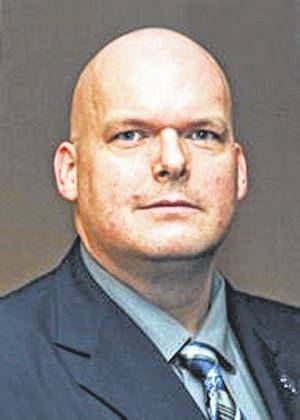
In 1996, President Bill Clinton, working in a bipartisan fashion with Republicans in Congress adopted the Personal Responsibility and Work Opportunity Act; better known as “welfare reform.” At the time, the measure was a landmark piece of legislation. President Clinton claimed that “welfare as we know it” was dead. All sides of the political divide welcomed the measure.
One of the pillars of the legislation was to replace the old Aid to Families with Dependent Children (AFDC) program with a new program, Temporary Assistance to Needy Families (TANF). It’s important to recognize that the differences are more than just a name.
The old program treated assistance as an entitlement. No matter who needed the help, the help was there and the federal government footed the bill. Under the TANF program, assistance is provided from the federal government to the state as a block grant and the state doles the money out, not just for family-level assistance but other programs as well. In other words, each state can design its own programs to meet its own needs.
So, when one of our country’s 50 states decide to design its own program, it is helpful to look at the goals of the TANF program. The goals of the program are pretty simple: provide assistance to needy families so children can be cared for; reduce the dependency of needy parents by promoting job preparation, work and marriage; prevent and reduce the incidence of out-of-wedlock pregnancies; and encourage the formation and maintenance of two-parent families. According to the Center for Community Solutions, the goals are most notable for what isn’t there. None of these goals are designed to actually reduce poverty in America.
In a recent report, the Center for Community Solutions took a look at Ohio’s TANF Program, and more notably its impact on our most poverty stricken residents. The group found that roughly only 23 percent of families in poverty are actually receiving TANF assistance, the number was as high as 68 percent in 1996 when the program first started.
Perhaps that’s not surprising when you find that the TANF program does have some participation requirements. Families in the TANF program have employment, job trainings, community service or educational requirements that they must meet. The idea being that family sufficiency can be found in employment. In addition, there are time limits placed on receiving assistance as well. Ohio sets the limit at 36 months, though hardship exemptions can be granted for an additional 24 months. As an aside, 43 counties (over half) do not have any hardship exemptions at this time.
All of this data brings us back to one of the most stunning facts presented in the report. It’s important to realize that just because the number of those families being helped has dramatically dropped since 1996, the amount of money provided to the state has not had the same drop.
In fact, the Center for Community Solutions discovered that the state has underspent their TANF block grant dollars for a number of years — at least every year since 2011 and is projected to be underspent until 2021. All of these underspent years have created a reserve of other $500 million. Yes, you read that correctly — $500 million. So, right now there are $500 million of our tax dollars in Columbus waiting to help families achieve self-sufficiency.
The Center for Community Solutions has proposed many ideas to help spend down this money; not for the sake of spending it, but rather putting it to work to have the program actually achieve the goals that the program put in for itself.
Concepts such as utilizing TANF dollars to provide case management to new employees who may struggle with soft skills and other issues, providing emergency financial assistance to those facing evictions, expanding subsidized employment program are just some of the ideas that can help put these dollars to work and to help families achieve self-sufficiency and actually get out of poverty.
Right now, Ohio is in the middle of an election for statewide offices and for members of our General Assembly. These are the individuals that can actually implement needed reforms to make our TANF programs more responsive to those it was designed to help.


